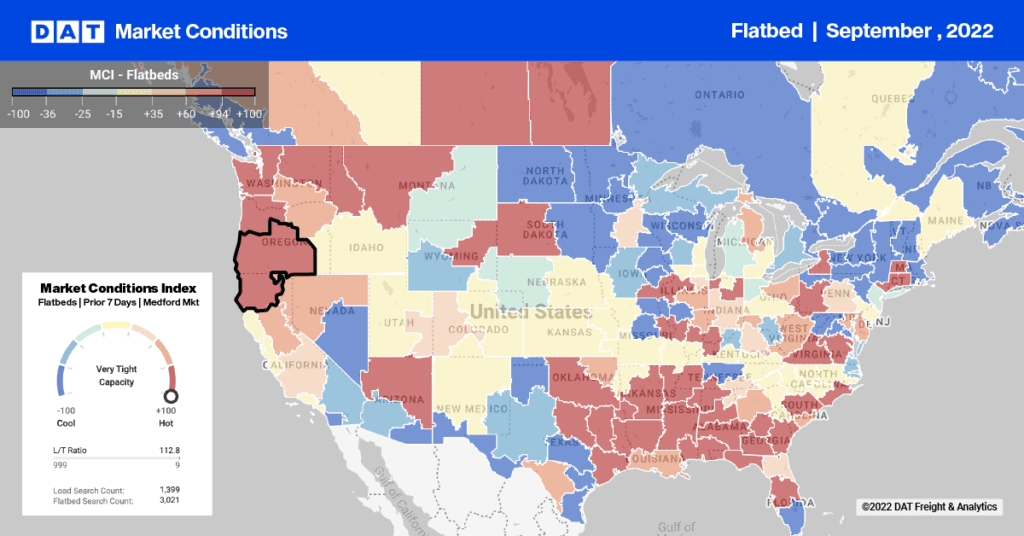Wave goodbye to the energy boom. After current drilling projects are completed in the first quarter, there won’t be much new drilling or fracking activity for the rest of 2015. Several major oil companies have already announced plans to cease drilling, due to low oil prices, and many smaller companies are busy reworking their 2015 plans.
The impact on trucking freight is twofold: First, there will be less oil-industry cargo to move, including drilling equipment and infrastructure items, such as pipe and controls. Second, there will be less competition for drivers from this sector. These factors combine to increase downward pressure on rates, which started to drift lower last week. That trend is assisted by the declining fuel surcharge.
Expect growth in consumer goods and housing. Economists remain confident about 2015 in terms of economic growth. As the oil and gas boom subsides, what will be the sources of new growth, and what will be the impact on freight transportation? One answer is consumer spending for goods and services, which have already grown as a result of declining fuel costs. Durable goods sales are up, including autos. Most significantly, economists expect a surge in sales and construction of single-family homes. That sector has been lagging since the recession, but now that the job market is recovering, young people are finally employed and confident enough to apply — and qualify — for mortgages, while interest rate are still fairly low.
Freight patterns will shift, with focus on the Southeast. Shifts in freight patterns will be regional, to some extent. For example, one of the growth markets for freight in 2014, Charlotte, NC, has also been cited as a high-growth area for housing. Other Carolina markets are also likely to do well in 2015 including Raleigh and Charleston, SC.
Other markets in the Southeast are heating up, too. The congestion-inspired shift away from Pacific Coast ports has contributed to an increase in freight volume in Savannah, North Charleston, Wilmington and Norfolk. Those Atlantic ports are investing in improved infrastructure, in advance of the Panama Canal project completion. Cargo is moving from the ports to distribution centers in and around Greenville, SC — including the inland port at Greer, SC — and to Charlotte. While I don’t expect Charlotte to eclipse Atlanta for total freight volume any time soon, Charlotte is emerging as a strong competitor for spot market freight. Keep an eye on Charlotte, as a harbinger of change in the dynamic Southeast region.
Freight volume may decline in Houston and other “hot” markets. There will also be losers in terms of freight tonnage. Houston has transformed from a poor cousin to Dallas in terms of tonnage, to a strong rival, driven by the energy boom. The glow may be off of Houston growth, although growing employment and new home construction may lead to growth in the first half of 2015. Houston led all spot markets for flatbed growth and tonnage in 2014, by a very wide margin. The high levels will likely continue, but the growth will slow. Lanes like the one from Houston to Bismarck ND, the fracking equipment corridor, will be much quieter this year. Increased port activity and NAFTA trade could continue to bolster intrastate volume as well as outbound freight from key markets in the Lone Star State.
As these new patterns play out, I will continue to track van and flatbed freight trends in DAT RateView. I’ll be looking for rate shifts and load-to-truck ratio changes, compared to 2014. The major freight hubs of Atlanta, Chicago, and Dallas should show some growth. I’d also expect the construction sector to expand. If and when Congress passes a new highway bill, the stage will be set to accelerate a shift of the U.S. economy, from energy development to a boom in construction, consumer goods, and manufacturing.
To learn more about DAT RateView or request a demo, please contact our award-winning customer service team at 800.551.8847 or complete this online form.



